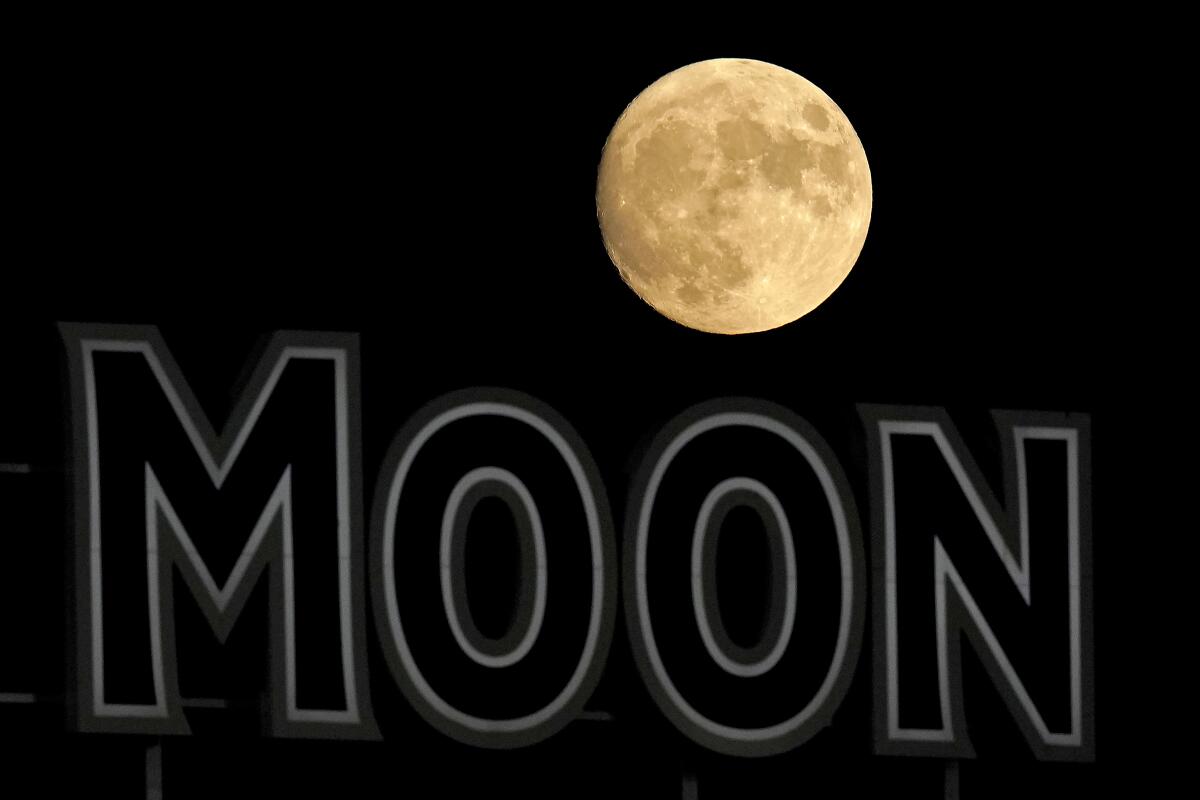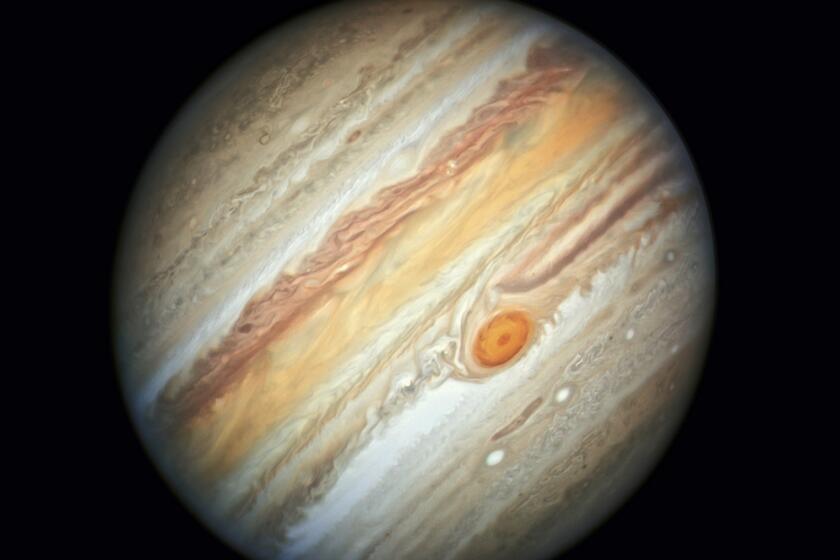What time is it on the moon? Europe and others push for a standard lunar time zone

CAPE CANAVERAL, Fla. — With more lunar missions than ever on the horizon, the European Space Agency wants to give the moon its own time zone.
This week, the agency said space organizations around the world are considering how best to keep time on the moon. The idea came up during a meeting in the Netherlands late last year, with participants agreeing on the urgent need to establish “a common lunar reference time,” said the space agency’s Pietro Giordano, a navigation system engineer.
“A joint international effort is now being launched towards achieving this,” Giordano said in a statement.
For now, a moon mission runs on the time of the country that is operating the spacecraft. European space officials said an internationally accepted lunar time zone would make it easier for everyone, especially as more countries and even private companies aim for the moon and NASA gets set to send astronauts there again.
NASA had to grapple with the time question while designing and building the International Space Station, which is fast approaching the 25th anniversary of the launch of its first piece.
While the space station doesn’t have its own time zone, it runs on Coordinated Universal Time, or UTC, which is meticulously based on atomic clocks. That helps to split the time difference between NASA and the Canadian Space Agency, and the other partnering space programs in Russia, Japan and Europe.
Astronomers have discovered 12 new moons around Jupiter, pushing it past Saturn as the planet in our solar system with the most moons — a whopping 92.
The international team looking into lunar time is debating whether a single organization should set and maintain time on the moon, according to the European Space Agency.
There are also technical issues to consider. Clocks run faster on the moon than on Earth, gaining about 56 microseconds each day, the space agency said. Further complicating matters, ticking occurs differently on the lunar surface from the way it does in lunar orbit.
Perhaps most important, lunar time will have to be practical for astronauts there, said the space agency’s Bernhard Hufenbach. NASA is shooting for its first flight to the moon with astronauts in more than a half-century in 2024, with a lunar landing as early as 2025.
“This will be quite a challenge” with each lunar day lasting as long as 29.5 Earth days, Hufenbach said in a statement. “But having established a working time system for the moon, we can go on to do the same for other planetary destinations.”
Mars Standard Time, anyone?
More to Read
Sign up for Essential California
The most important California stories and recommendations in your inbox every morning.
You may occasionally receive promotional content from the Los Angeles Times.









